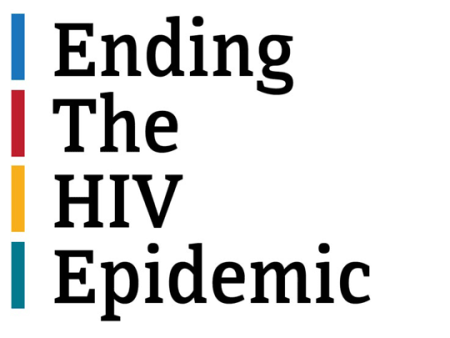In February 2020, HHS awarded $117 Million to End the HIV Epidemic in the U.S. Approximately $63 million was awarded to Health Resources and Services (HRSA) HIV/AIDS Bureau (HAB) to 60 Ryan White HIV/AIDS Program recipients to link people with HIV who are either newly diagnosed, or are diagnosed but currently not in care, to essential HIV care and treatment and support services, as well as to provide workforce training and technical assistance.
The following quarterly EHE recipient webinars provide HRSA-HAB funded EHE recipients the opportunity to learn about updates with the initiative, review data trends, and a means to share their EHE activities with their counterparts.
Watch the videos and jump to the time codes for presentations of interest.
Part of Collection
This resource was developed by

